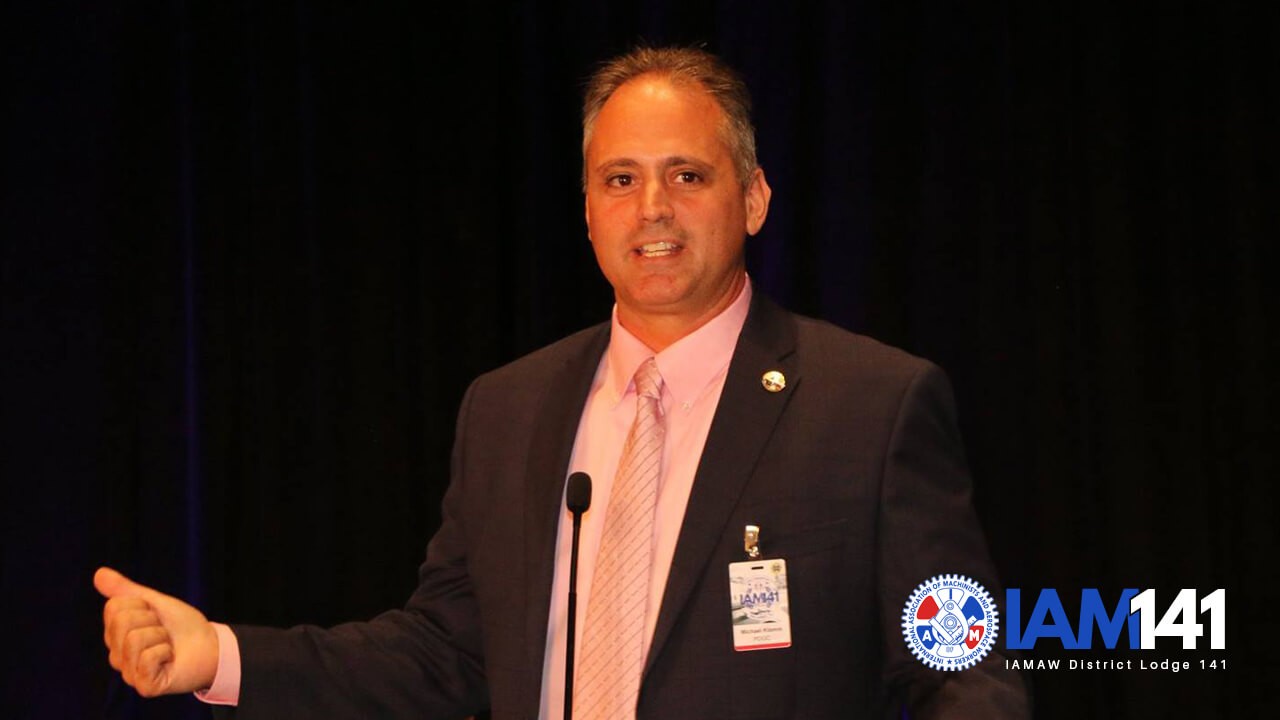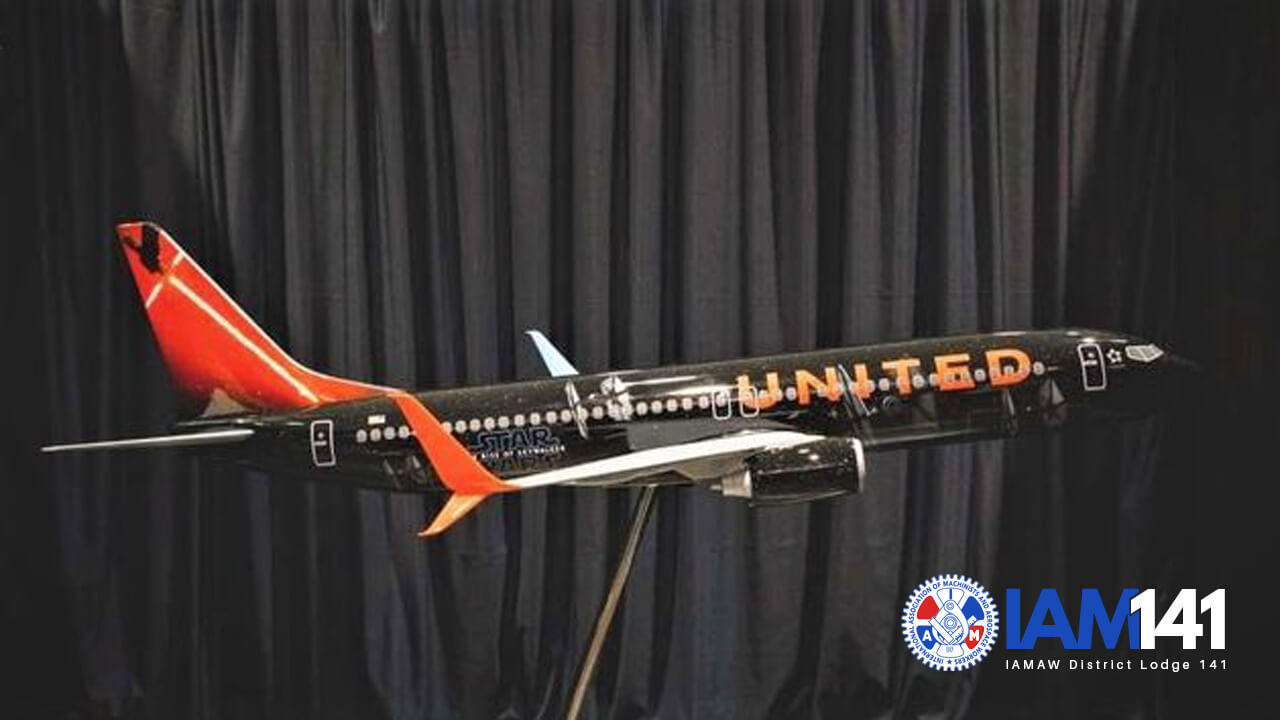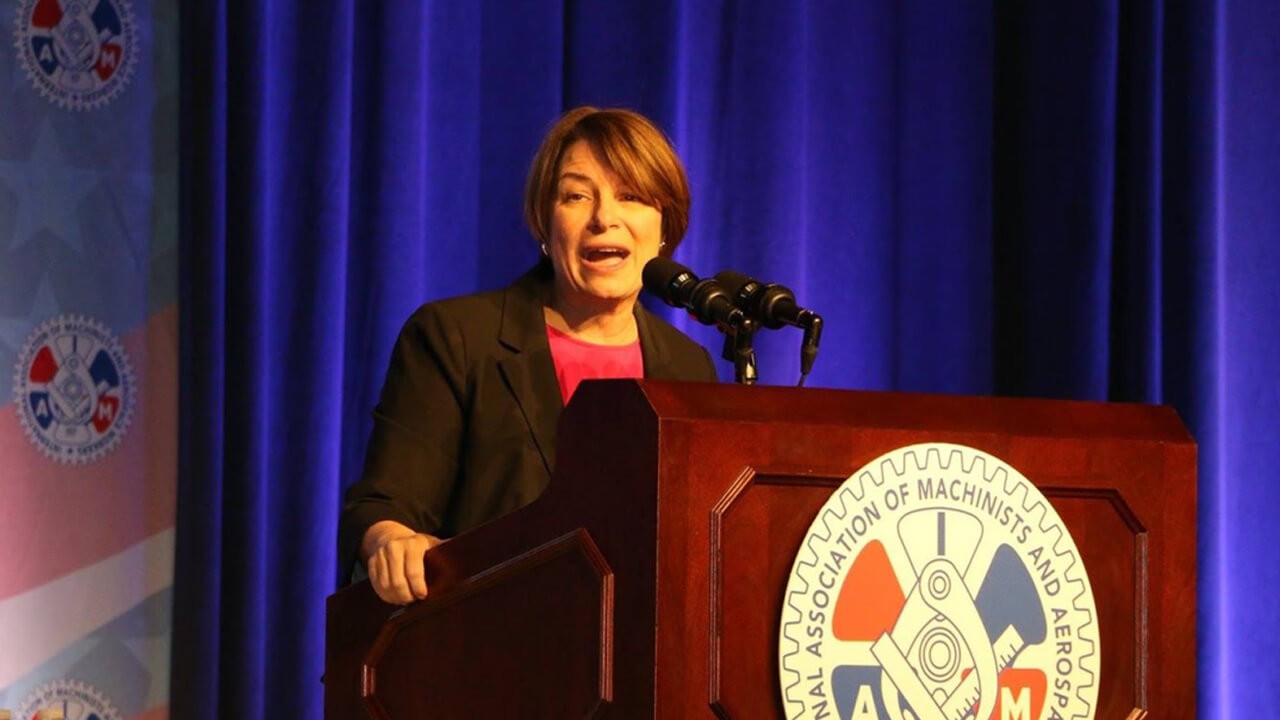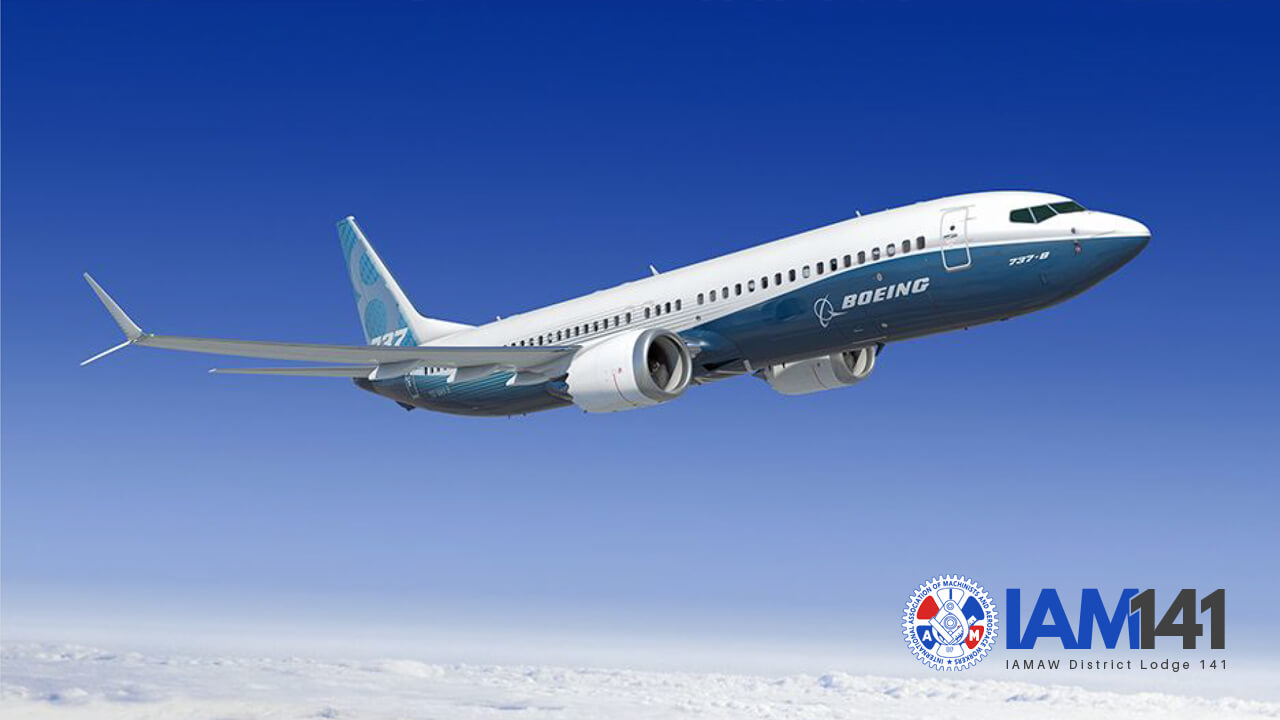
by Eric Price | Apr 27, 2019 | Airlines, Departments, Featured, Home, retirement, United
The IAMAW and IAM District 141 are separate entities than the IAM National Pension Plan (NPP), even though both bear the “IAM” acronym. For those DL 141 IAM represented employees in the NPP, a letter was sent to your homes by the NPP. If you haven’t already received...

by Eric Price | Apr 19, 2019 | Airlines, Home, United
Nonstop to Chicago in Under 12 Parsecs: United Airlines will Launch a Star Wars-Themed Aircraft This Fall and Mark Hamill Thinks it’s Cool. During last week’s “Star Wars Celebration” in Chicago, United Airlines unveiled a mockup that will thrill fans of the beloved...

by Eric Price | Apr 10, 2019 | Airlines, American, Departments, Education, Featured, Hawaiian, Home, MNPL, Organizing, Philippine, Spirit, Uncategorized, United
PRESIDENTIAL CANDIDATE AMY KLOBUCHAR TALKS MEGA-MERGERS, PRAISES UNION ACTIVISM Presidential Candidate Senator Amy Klobuchar (D-Mn) spoke before hundreds of Machinists Union members at its conference of railroad and airline workers. For Senator Klobuchar, the event...

by Eric Price | Apr 9, 2019 | Airlines, American, Departments, Education, Featured, Hawaiian, Home, MNPL, Organizing, Philippine, Spirit, United
Bernie Sanders to American Airlines CEO: “You Damn Well Have Enough Money to Pay Your Workers a Decent Wage.” In a fiery speech delivered before a packed gathering of Machinists Union leaders, Senator Bernie Sanders (I-Vt.) called out the CEO of American...
by Eric Price | Mar 25, 2019 | Airlines, American, Departments, Education, Hawaiian, Home, Philippine, Spirit, United, Video
Educators from District 141 held a Shop Steward training session for members of Local 2319 in Tampa, Florida this week. District 141 AGCs Robert Jesel and Tony Gibson joined educators Vinny Capitani, Andrea Myers, Deena Pena and Education Director Mac McGovern. Click...

by Eric Price | Mar 14, 2019 | Airlines, American, Departments, Featured, Hawaiian, Home, Philippine, Safety, Spirit, United
For most travelers, getting on a brand new plane is a treat. Besides that “new plane smell,” passengers expect that a new aircraft, like a new car or appliance, will offer the latest advances in technology, safety and comfort. When that aircraft is the newest version...






